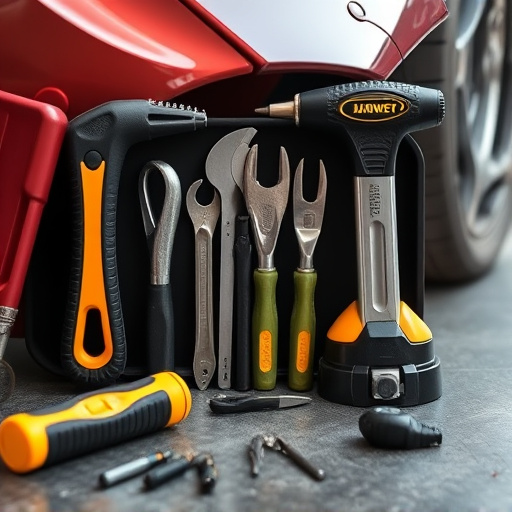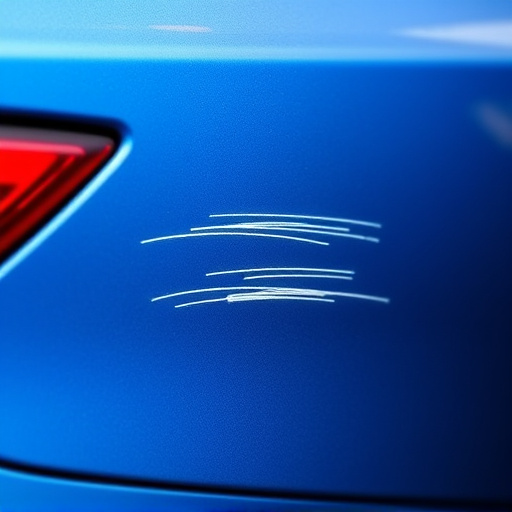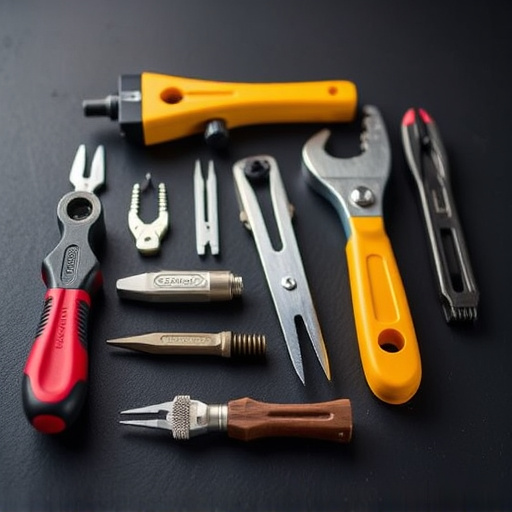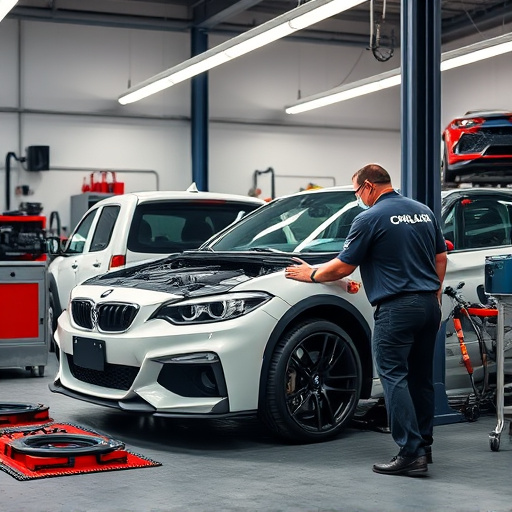Customer feedback is a vital tool for car repair shops to elevate their repair craftsmanship quality. By analyzing both positive and negative reviews, shops can identify strengths and weaknesses, leading to continuous improvement through training and equipment investment. This process builds trust, addresses communication gaps, and enhances overall repair craftsmanship quality by meeting and exceeding client expectations.
Customer feedback is a powerful tool for enhancing the repair craftsmanship quality. By understanding customer experiences, repair shops can identify areas for improvement and refine their techniques. This article explores the impact of customer feedback on repair quality, providing insights into effective collection and analysis methods. We’ll also discuss strategies for implementing feedback to elevate craftsmanship, ensuring satisfied customers and a thriving business.
- Understanding Customer Feedback's Impact on Repair Quality
- Collecting and Analyzing Feedback Effectively
- Implementing Feedback to Enhance Craftsmanship Techniques
Understanding Customer Feedback's Impact on Repair Quality
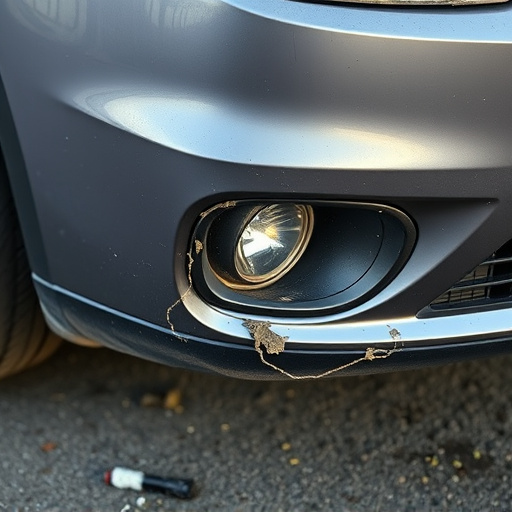
Customer feedback plays a pivotal role in enhancing the overall repair craftsmanship quality offered by car repair shops and auto body services. Every positive or negative review, recommendation, or complaint provides valuable insights into how well a shop meets customer expectations. By actively listening to and analyzing these inputs, repair professionals can pinpoint areas where they excel and identify gaps that require improvement. This dual-pronged approach allows for continuous refinement of their skills and services.
For instance, feedback from auto glass repair customers might highlight the importance of precise cuts and seamless installations. In response, the technicians could invest in advanced equipment or retrain themselves to ensure every replacement is flawless. Similarly, reviews from clients of car repair shops can shed light on communication gaps during diagnostics or unexpected costs not initially disclosed. Addressing these issues through feedback drives positive change, fostering trust and satisfaction among customers who rely on auto body services for their vehicle’s well-being.
Collecting and Analyzing Feedback Effectively

Collecting and analyzing customer feedback is a powerful tool for any automotive body shop or collision repair center aiming to enhance its repair craftsmanship quality. It involves actively soliciting input from clients after their vehicle’s service, whether through online reviews, surveys, or direct communication. This feedback offers valuable insights into areas of strength and weakness in the repair process. By encouraging customers to share their experiences, shops can identify specific aspects that require improvement, such as communication during repairs, the quality of finished work, or turnaround times.
Effective analysis involves more than just quantifying positive and negative comments. It includes categorizing feedback themes, identifying recurring issues, and understanding the underlying customer expectations. For instance, a collision repair shop might find consistent complaints about delays in service. This information can prompt them to optimize their workflow, improve scheduling systems, or enhance communication with clients to better manage expectations. Analyzing feedback allows the shop to make data-driven decisions, ultimately refining its practices and raising the bar for repair craftsmanship quality across the board.
Implementing Feedback to Enhance Craftsmanship Techniques
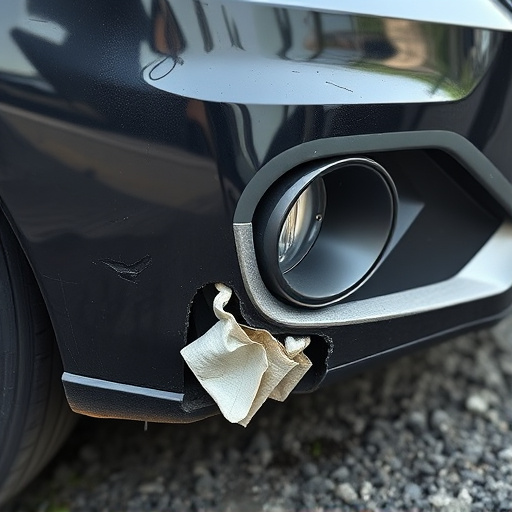
In the realm of automotive repair, customer feedback is a powerful tool for enhancing repair craftsmanship quality. When an auto collision center or dent removal service receives feedback from clients, it’s akin to gaining insights into their art and science. Every piece of constructive criticism, be it regarding precise dent removal or meticulous auto glass replacement, offers an opportunity to refine techniques and elevate the overall work. By implementing this feedback, technicians can identify areas where they excel and aspects that demand improvement.
This continuous learning process not only refines individual skills but also contributes to the center’s reputation as a top-notch service provider. Positive changes ripple through the entire operation, ensuring that every client receives exceptional repair craftsmanship quality. Whether it’s refining paintwork techniques or mastering the latest tools and technologies, feedback drives the evolution of auto repair services, making them more efficient and aesthetically pleasing than ever before.
Customer feedback is a powerful tool for enhancing repair craftsmanship quality. By understanding customer expectations, collecting valuable insights, and implementing effective solutions, repair services can significantly improve their techniques and overall client satisfaction. This iterative process not only refines skills but also fosters a culture of continuous improvement, ensuring that repairs meet or exceed customer standards.

